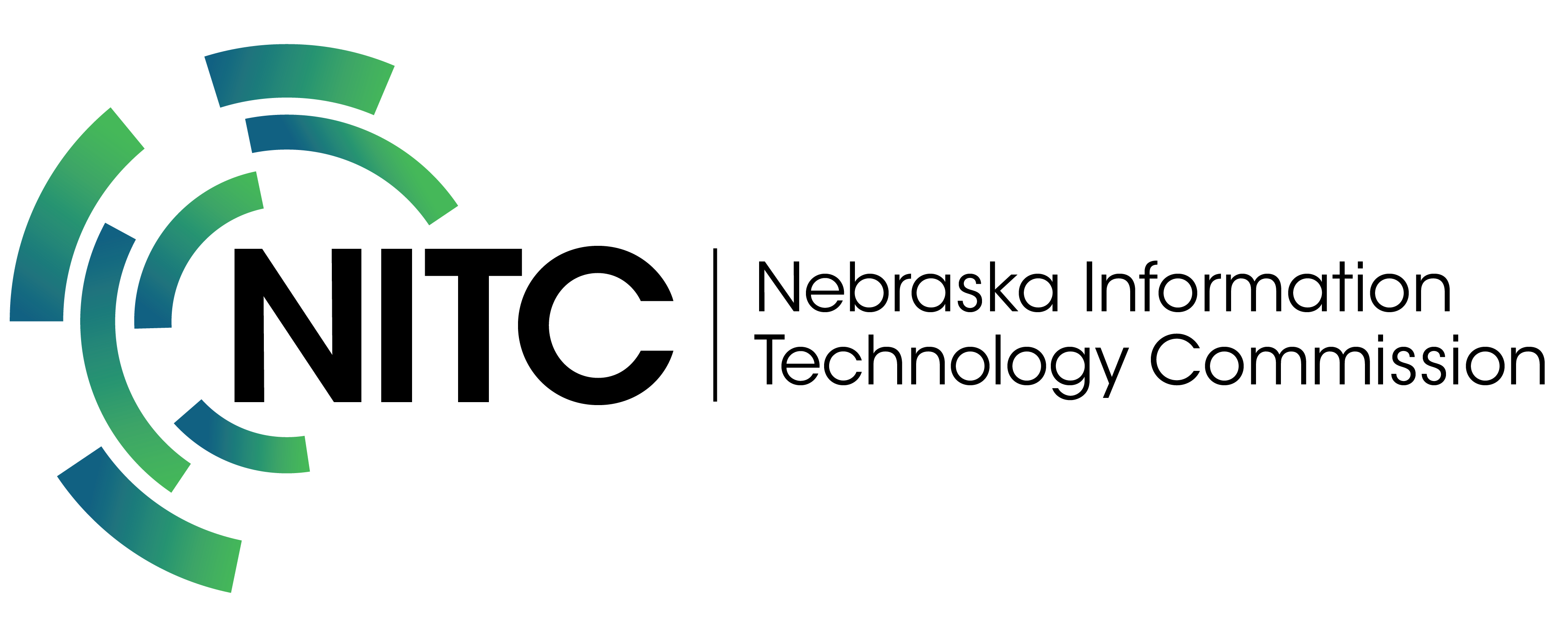Gallup Builds IT Talent Pipeline
By Anne Byers, Nebraska Information Technology Commission
Gallup, like many other businesses in Nebraska, was faced with a huge labor shortage of software developers. Jim Collison, Director of Talent Sourcing for Gallup, found that he could find international students with coding skills, but that the undergrad students they were getting didn’t have enough code experience to plug right into the enterprise.
Gallup’s solution? Recruit local Omaha area high school students to come to Gallup’s Riverfront campus and start teaching them how to code. Gallup’s plan called for students to attend learning sessions for six Saturdays in the fall, six Saturdays in the spring and a winter coding team project—a total of over 40 hours of learning.
“Something changes when they come into the enterprise, and they see real people doing real jobs and real things” said Collison. “It plants the seed of hope. It totally changes the equation. I cannot believe how important that is.”
Participants work to develop project ideas, pitch their ideas, and vote on their favorite projects. “Over the winter they will work together as teams to really develop these products,” said Collison. “This is our fourth year of doing this, and we have seen some amazing work.”
This year’s program has been focusing on Javascript. “We have also seen that a lot of our kids are ready for Java or C#, so we are starting to develop some programs to get them coding in those object-oriented languages as well,” explained Collison. At the end of the program, participants get a chance to interview for a six-week paid summer internship with Gallup. The program has grown every year. This year nine returning and approximately 30 new students started the program. With some attrition after the fall semester, 35 students will be competing for 15 slots.
“It sounds expensive, but it isn’t,” said Collison. “It costs roughly $2,500 per kid per year including the internship.” Returning college interns act as instructors and mentors for the high school participants.
“We have interns training interns,” said Collison. “I have my college interns training my high school interns, so that takes the pressure off of the enterprise’s full-time staff. And it is a great learning experience for these college students. Then they model to the high school students, and as the kids get older we’ll pull some of those out to be the teachers. And it is this self-perpetuating talent machine.”
The use of internships and mentors are two factors that help make the program successful. Collison points to the results of the Gallup-Purdue Index Report which found that students with internships and/or mentors were more satisfied with their college experience. Leveraging partnerships with UNO, UNL, AIM, Interface and other organizations has also been critical to the program’s success. Because it is the only program of its type in Omaha, Gallup is attracting the best and the brightest. Some of the participants are getting poached by Google and Microsoft. Keeping participants in Nebraska is also proving to be a challenge with many of the program’s graduating high school seniors enrolling in universities out of state.
Gallup is exploring how to best encourage greater diversity in GET HIP participants. This year, the program recruited six African American girls from King Science magnet. The Urban League of Omaha provided transportation for this pilot program.
“We learned a lot about what we can and can’t do,” said Collison. “The kids were not really ready, so we are going back to the drawing board with some new ideas.”
UNO has a program where current UNO students go to four junior highs in Omaha and work with the students. “We are looking at recruiting students who have completed these programs,” said Collison. “We need to make sure that the kids want to be in the program.” Collison challenges other businesses to engage in building the IT workforce pipeline. “Long-term, I want to scale this out,” said Collison. “You guys can do this too and give me some competition—really train the next generation of software developers. Jump in and help us get this done.”
Can a program like GET HIP be scaled down to smaller communities? Clubs and youth programs, like Girls Who Code or 4-H Robotics program, may offer a model for smaller communities to encourage students to learn coding. “The key is to get local businesses involved,” said Collison.
From the January 2017 issue of Nebraska Broadband

